- Photo Safaris
- Alaska Bears & Puffins World's best Alaskan Coastal Brown Bear photo experience. Small group size, idyllic location, deluxe lodging, and Puffins!
- Participant Guestbook & Testimonials Candid Feedback from our participants over the years from our photo safaris, tours and workshops. We don't think there is any better way to evaluate a possible trip or workshop than to find out what others thought.
- Custom Photo Tours, Safaris and Personal Instruction Over the years we've found that many of our clients & friends want to participate in one of our trips but the dates we've scheduled just don't work for them or they'd like a customized trip for their family or friends.
- Myanmar (Burma) Photo Tour Myanmar (Burma) Photo Tour December 2017 -- with Angkor Wat option
- Reviews Go hands-on
- Camera Reviews Hands-on with our favorite cameras
- Lens reviews Lenses tested
- Photo Accessories Reviews Reviews of useful Photo and Camera Accessories of interest to our readers
- Useful Tools & Gadgets Handy tools and gadgets we've found useful or essential in our work and want to share with you.
- What's In My Camera Bag The gear David Cardinal shoots with in the field and recommends, including bags and tools, and why
- Articles About photography
- Getting Started Some photography basics
- Travel photography lesson 1: Learning your camera Top skills you should learn before heading off on a trip
- Choosing a Colorspace Picking the right colorspace is essential for a proper workflow. We walk you through your options.
- Understanding Dynamic Range Understanding Dynamic Range
- Landscape Photography Tips from Yosemite Landscape Photography, It's All About Contrast
- Introduction to Shooting Raw Introduction to Raw Files and Raw Conversion by Dave Ryan
- Using Curves by Mike Russell Using Curves
- Copyright Registration Made Easy Copyright Registration Made Easy
- Guide to Image Resizing A Photographers' Guide to Image Resizing
- CCD Cleaning by Moose Peterson CCD Cleaning by Moose Peterson
- Profiling Your Printer Profiling Your Printer
- White Balance by Moose Peterson White Balance -- Are You RGB Savvy by Moose Peterson
- Photo Tips and Techniques Quick tips and pro tricks and techniques to rapidly improve your photography
- News Photo industry and related news and reviews from around the Internet, including from dpreview and CNET
- Getting Started Some photography basics
- Resources On the web
- My Camera Bag--What I Shoot With and Why The photo gear, travel equipment, clothing, bags and accessories that I shoot with and use and why.
- Datacolor Experts Blog Color gurus, including our own David Cardinal
- Amazon Affiliate Purchases made through this link help support our site and cost you absolutely nothing. Give it a try!
- Forums User to user
- Think Tank Photo Bags Intelligently designed photo bags that I love & rely on!
- Rent Lenses & Cameras Borrowlenses does a great job of providing timely services at a great price.
- Travel Insurance With the high cost of trips and possibility of medical issues abroad trip insurance is a must for peace of mind for overseas trips in particular.
- Moose Peterson's Site There isn't much that Moose doesn't know about nature and wildlife photography. You can't learn from anyone better.
- Journeys Unforgettable Africa Journeys Unforgettable -- Awesome African safari organizers. Let them know we sent you!
- Agoda International discounted hotel booking through Agoda
- Cardinal Photo Products on Zazzle A fun selection of great gift products made from a few of our favorite images.
- David Tobie's Gallery Innovative & creative art from the guy who knows more about color than nearly anyone else
- Galleries Our favorite images
Sony RX100 III Field-tested: Is it still the best overall point and shoot on the market?
Sony RX100 III Field-tested: Is it still the best overall point and shoot on the market?
Submitted by David Cardinal on Mon, 04/27/2015 - 09:56
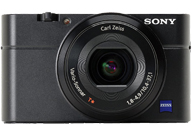 When Sony introduced the original RX100, it was a ground-breaking use of a 1-inch sensor in a point and shoot. I hesitate to call it a compact camera, as it is pretty beefy for most pockets. But for those who wanted excellent image quality without needing an interchangeable lens, it was a breath of fresh air. Sony has continued to beef up the RX100 product family, with the Mark III version adding some important features like an Electronic Viewfinder (EVF). However, image quality has hardly changed over the intervening years, moving up only 1 point – from 66 to 67 in DxOMark’s rankings. After we field-tested the newer, and higher-rated Canon G7 X last month, I thought we should catch up with the Sony RX100 III and give readers more information about how the two cameras compare…
When Sony introduced the original RX100, it was a ground-breaking use of a 1-inch sensor in a point and shoot. I hesitate to call it a compact camera, as it is pretty beefy for most pockets. But for those who wanted excellent image quality without needing an interchangeable lens, it was a breath of fresh air. Sony has continued to beef up the RX100 product family, with the Mark III version adding some important features like an Electronic Viewfinder (EVF). However, image quality has hardly changed over the intervening years, moving up only 1 point – from 66 to 67 in DxOMark’s rankings. After we field-tested the newer, and higher-rated Canon G7 X last month, I thought we should catch up with the Sony RX100 III and give readers more information about how the two cameras compare…
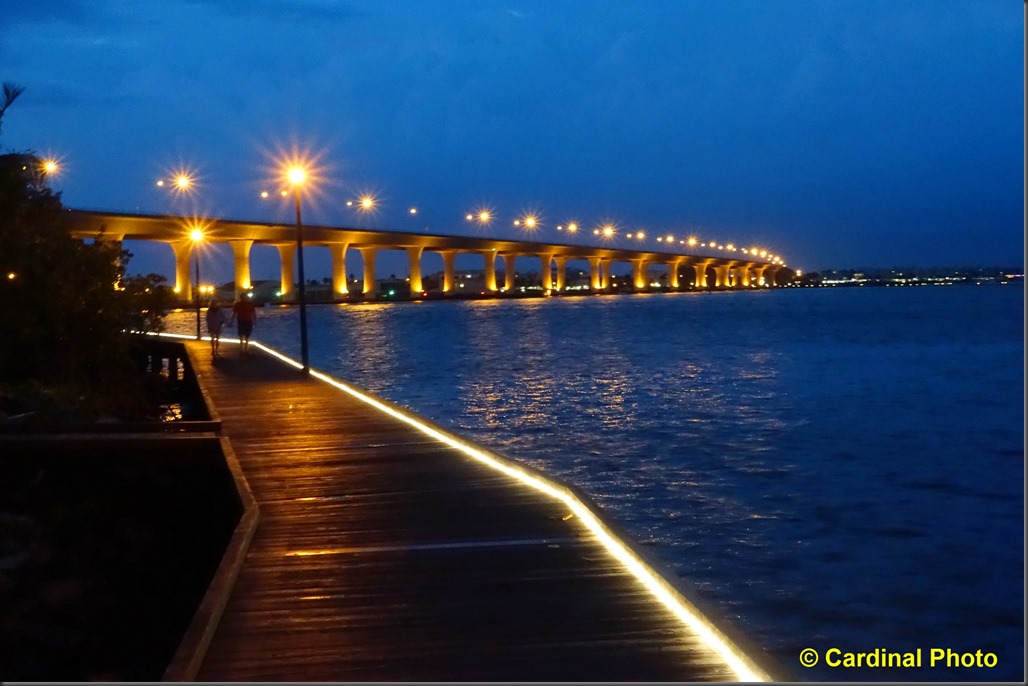
The Sony RX100 III does a great job even in low light.
This image was post-processed for noise reduction with DxO Prime,
but the fact that it was possible to make it this clean is a tribute to the sensor in the Sony.
St. Lucie River & Bridge, Stuart, Florida
Sony RX100 III, f/11 @ 1/4s, ISO 3200
First things first. Both the Canon G7 X and the Sony RX100 III have much bigger sensors, and therefore much better image quality than almost any other point and shoot cameras. The one exception is the Lumix LX100 which is in the same category. However, the Lumix, as excellent as it is, is also noticeably larger, so for those looking to pocket their camera, it wouldn’t be our choice. You can read our full field-test of the Lumix. As far as the Canon and the Sony, you won’t go wrong with either. I was thrilled with both the Raw (as converted with either Optics Pro 10 or Adobe’s software) and the JPEG output of both cameras. The differences between them have more to do with specs and features than image quality. That said, the Canon does finish slightly ahead in image quality benchmarks (71 compared to 67), and is $100 less expensive, so if IQ is your sole criteria, it is a great choice. You can read our full field-test of the Canon, along with sample images.
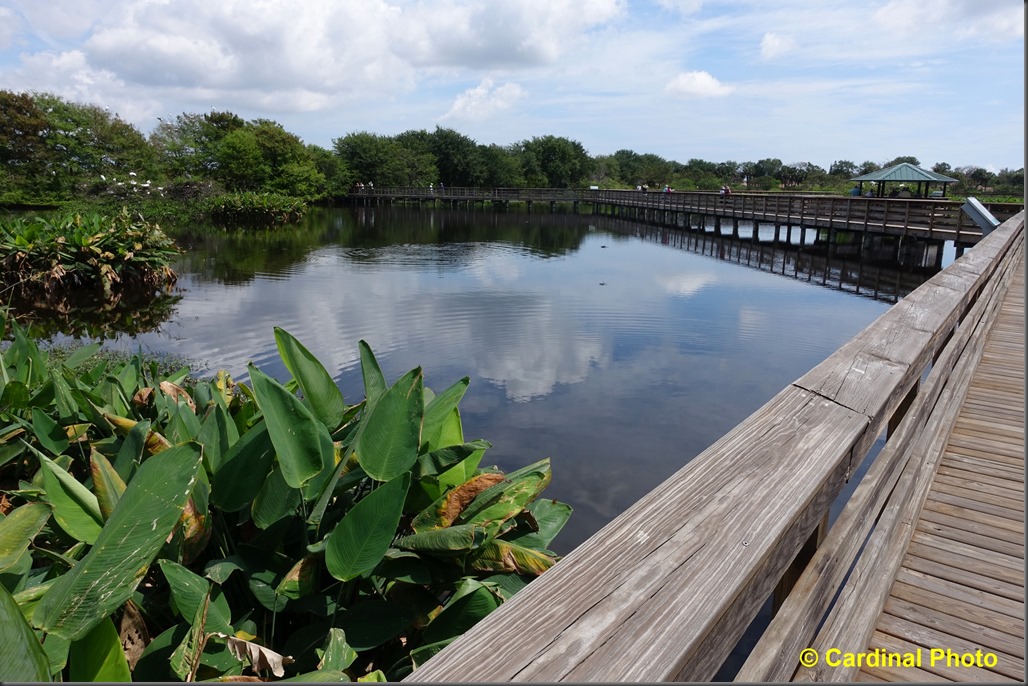
This un-processed (except for rescaling for the web) JPEG shows how good the Sony RX100 III is even with tricky outdoor scenes.
Here we have a wide-range of light, color, and subject distances – none of which phase the Sony.
Wakodahatchee Wetlands, Boynton Beach, Florida.
Sony RX100 III, 1/200s @ f/10, ISO 125
Stunning images from a pocket camera
The Sony RX100 III not only produces images with excellent and accurate color, there is remarkably little distortion. It may not replace a high-end DSLR and prime lens for architectural photographers, but you can see from this fairly tricky scene of several buildings and a gallery at Stanford University, that the camera handles the lighting and creates very accurate lines and angles over the entire field of view:
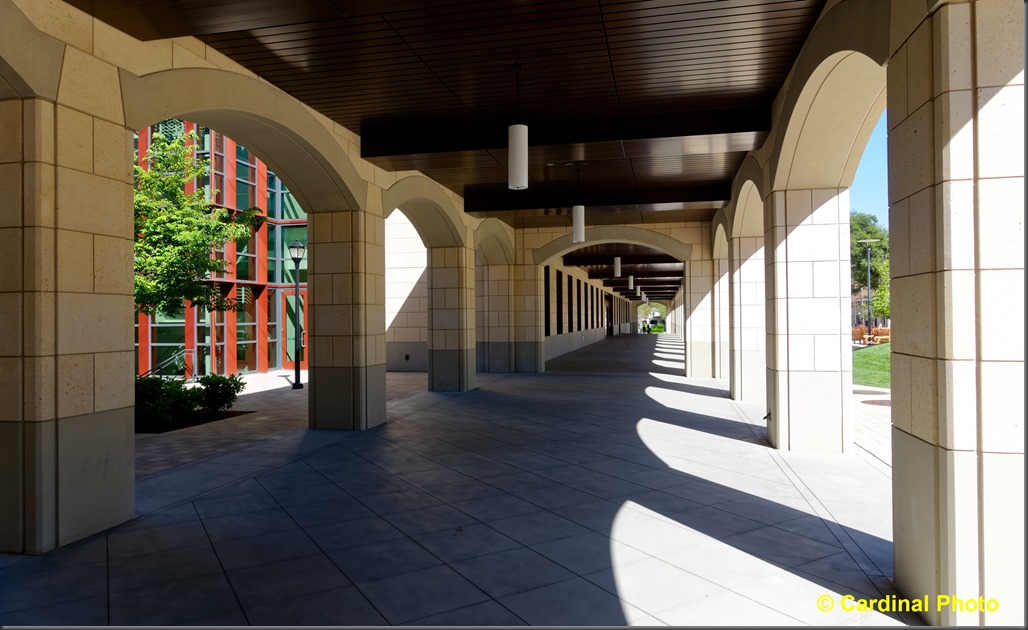
Stanford University Engineering Quad, f/2.8, ISO 125, 24mm equivalent
Zoom range versus EVF and articulated LCD
In terms of features, the Canon G7 X has a longer zoom range (24-100mm) compared to the relatively short 24-70mm of the Sony RX100 III. However, the Sony has a pop-up EVF, which is really helpful in bright light, and for those of us that are used to composing images with a viewfinder. Unfortunately, to use the EVF you not only need to pop it up, you need to pull out the eyepiece (much like on a pair of binoculars). I found that greatly reduced the utility of the EVF for me – especially since when I wanted to close the camera up I needed to push the eyepiece back in before pushing the EVF down. It is also not a gorgeous EVF like on Sony’s mirrorless models, but it is quite nice given the small size.
Sony also offers an articulated LCD, which is useful for composing images with the camera held low or over your head. How useful you’ll find it will depend on the kinds of photos you like to take. Canon’s LCD doesn’t articulate, but it is a touchscreen, which is handy if you’re used to poking at the screen on your smartphone to take pictures.
Size versus Price
Size and price are another tradeoff. The Sony is slightly smaller and lighter (amazing given they have added an EVF and articulated LCD). It is only a few grams and a few millimeters, but it is enough to make it easier to fit in a cargo pocket or jacket pocket. However, neither of them are truly “pocket-sized” like the excellent little Canon PowerShot S120. However, the Sony is priced $100 more than the Canon – at $699 compared to $798 for the Sony. In fact, Canon is offering an instant $50 discount, so the Canon G7 X is only $649 right now from B&H.
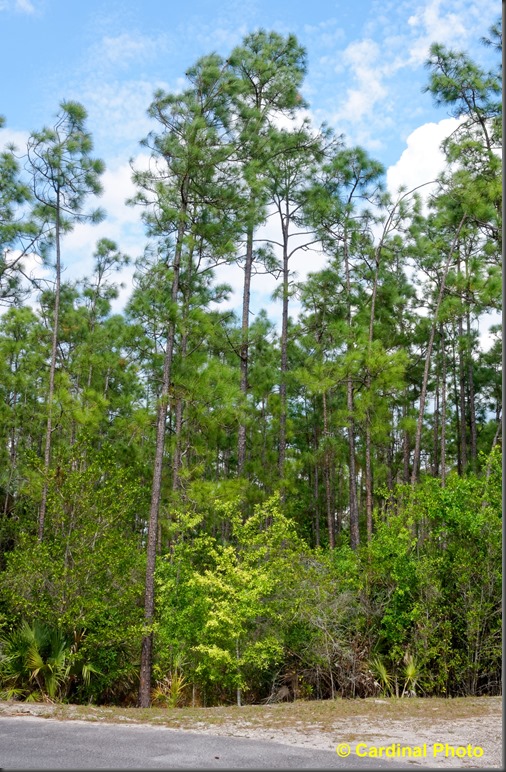
Even the parking lot at Corkscrew Swamp is picturesque!
Sony RX100 III, f/11 @ 1/80s, ISO 125
In short, if you are looking for a nearly-pocketable camera that takes great images, the Sony RX100 III is your best bet if you need a viewfinder or are willing to pay an extra $100 in exchange for its slightly smaller size. Otherwise, the Canon G7 X will give you more zoom for less money – and slightly better image quality in the bargain.
- Log in to post comments


